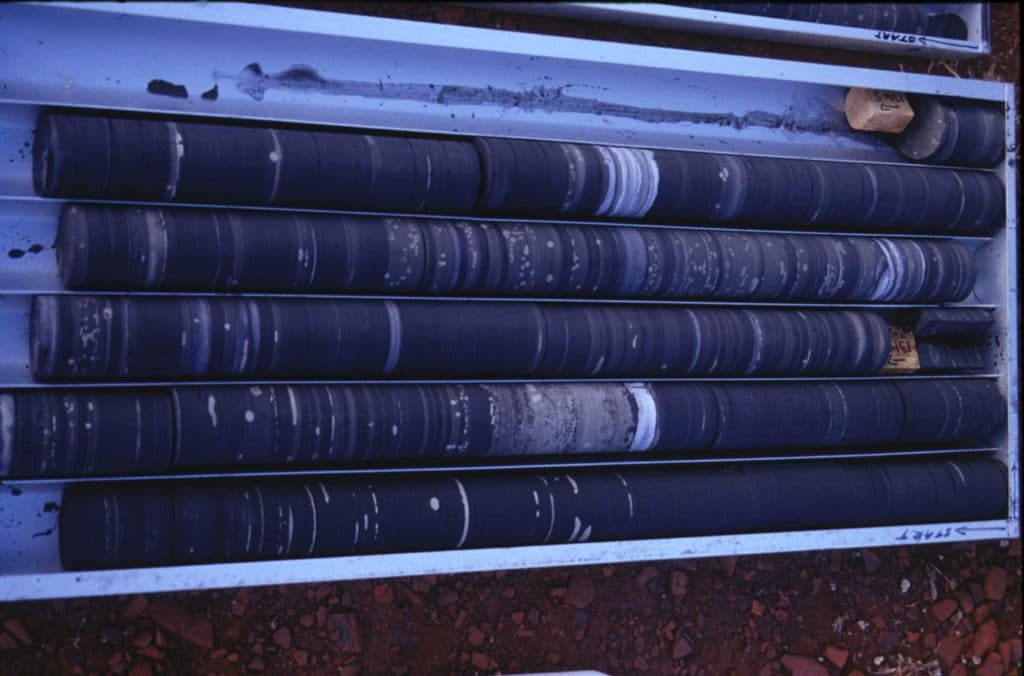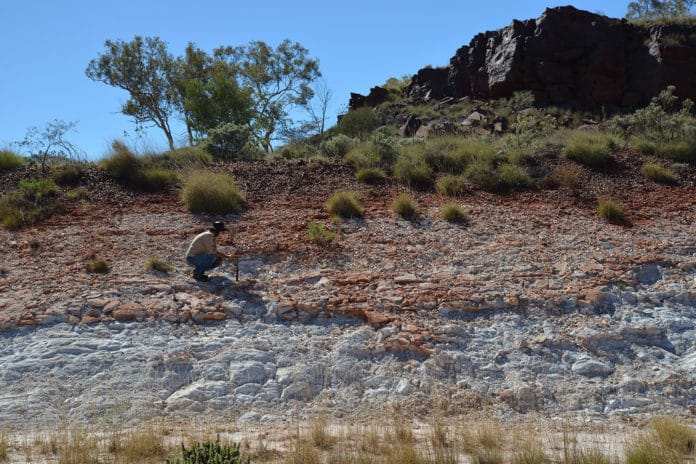A new study that analyzed the 2.5-billion-year-old rocks from Australia suggests that volcanic eruptions may have stimulated population surges of marine microorganisms. This creates the first puffs of oxygen into the atmosphere.
This study could potentially change existing theories of Earth’s early atmosphere.
Earth’s atmosphere became oxygenated around 2.4 billion years ago. It is believed that the great oxidation event likely explodes the lifeforms that photosynthesize, transforming carbon dioxide and water into oxygen.
In 2007, scientists at Arizona State University analyzed rocks from Mount McRae Shale in Western Australia. They found a sudden but short-term whiff of oxygen about 50 to 100 million years before becoming a permanent fixture in the atmosphere.
Until now, many studies have confirmed the earliest short-term spikes of oxygen, yet they can’t explain the rise and fall of oxygen.
In this new study by the University of Washington, Michigan, and other institutions, scientists analyzed the same ancient rocks for concentration. They analyzed several neutrons in the element mercury emitted by volcanic eruptions. Volcanic eruptions release mercury gas into the upper atmosphere- it circulates for a year or two before raining out onto Earth’s surface.
The new analysis shows a spike in mercury a few million years before the temporary rise in oxygen.

Co-author Roger Buick, a UW professor of Earth and Space Sciences, said, “Sure enough, in the rock below the transient spike in oxygen, we found evidence of mercury, both in its abundance and isotopes, volcanic eruptions would most reasonably explain that into the atmosphere.”
“There must have been lava and volcanic ash fields. And those nutrient-rich rocks would have weathered in the wind and rain, releasing phosphorus into rivers that could fertilize nearby coastal areas, allowing oxygen-producing cyanobacteria and other single-celled lifeforms to flourish.”
First author Jana Meixnerová, a UW doctoral student in Earth and space sciences, said, “There are other nutrients that modulate biological activity on short timescales, but phosphorus is the one that is most important on long timescales.”
“During weathering under the Archaean atmosphere, the fresh basaltic rock would have slowly dissolved, releasing the essential macro-nutrient phosphorus into the rivers. That would have fed microbes that were living in the shallow coastal zones and triggered increased biological productivity that would have created, as a byproduct, and oxygen spike.”
Buick said, “The precise location of those volcanoes and lava fields is unknown, but large lava fields of about the right age exist in modern-day India, Canada, and elsewhere.”
“Our study suggests that for these transient whiffs of oxygen, the immediate trigger was an increase in oxygen production, rather than a decrease in oxygen consumption by rocks or other nonliving processes. It’s important because the presence of oxygen in the atmosphere is fundamental – it’s the biggest driver for the evolution of large, complex life.”
Scientists noted, “The study suggests how a planet’s geology might affect any life evolving on its surface. Understanding that aids in identifying habitable exoplanets, or planets outside our solar system, in the search for life in the universe.”
Journal Reference:
- Jana Meixnerová, Joel D. Blum et al. Mercury abundance and isotopic composition indicate subaerial volcanism prior to the end-Archean “whiff” of oxygen. DOI: 10.1073/pnas.2107511118
